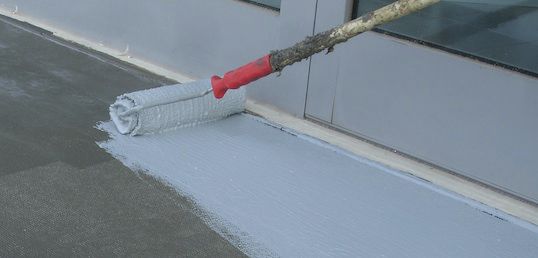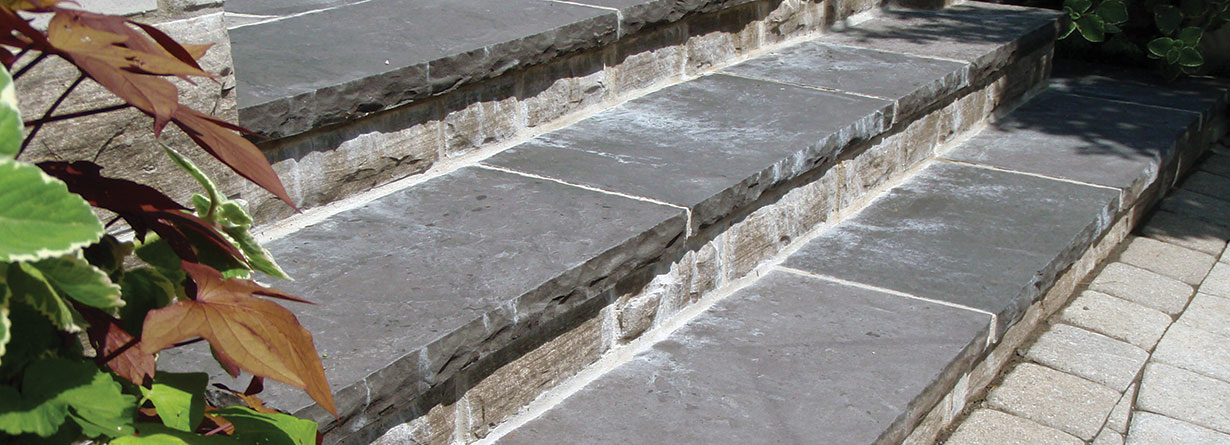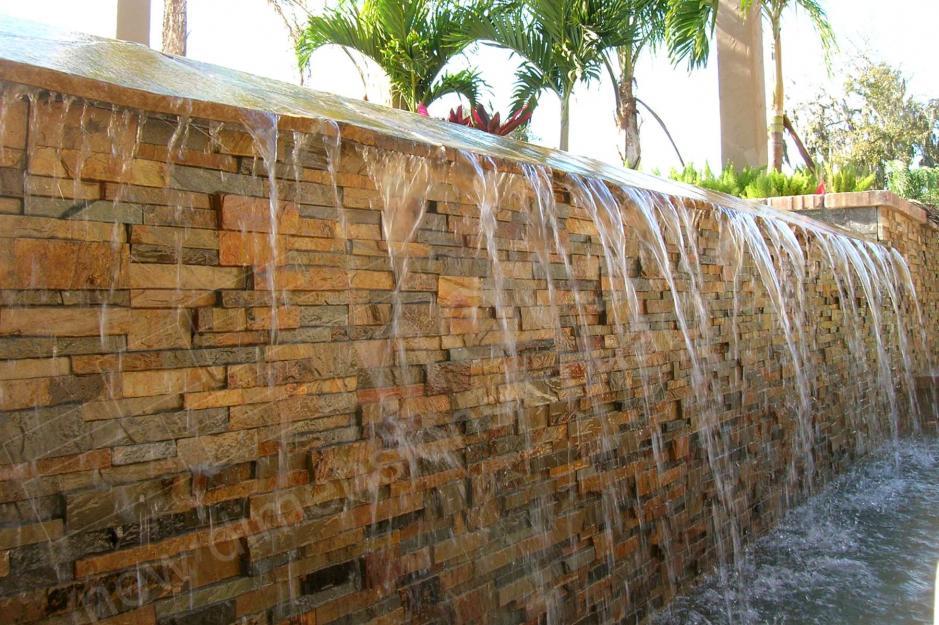Tile School: The importance of Waterproofing Membranes in Exterior Stacked Stone Installations
One of the unique things about our stacked stone panel system is that in many ways its an intersection of traditional stone masonry and tile. From a material standpoint the product is stacked stone veneer, but from an installation standpoint since the panel comes pre-assembled into 6”x24” field units, and matching outside corner units and natural ends, the requirements for a successful stacked stone installation are essentially the same as a tile product. With those two worlds and schools of thought colliding, we’ve often seen an important installation step get missed - the waterproofing / anti fracture membrane used for exterior and moisture rich projects. Let’s take a closer look at what this product is, what it does, and why its so important for certain stacked stone installations.
What is a waterproofing / anti fracture membrane?
The product itself is most commonly found as a fluid applied membrane that is applied almost like a very thick paint. In years past these products also use to come in actual fabric membranes which were set and then top coated with a matching waterproofer, however with the advances in setting material technology most of the industry has switched to fluid applied membranes which are easier to work with and use. Almost all the fluid applied membranes come out of the bucket a certain color and then change colors when they’re cured and ready for testing, inspection, and to be tiled over.

What does a waterproofing / anti fracture membrane do?
You don’t have to look too deep to find out what a waterproofing / crack isolation membrane does – it’s right in the name- waterproofing and crack isolation! When applied over a proper substrate, the waterproofing aspect of this membrane prevents water from from entering the substrate. Whether that’s an open wall cavity or cement block, wet substrates are something to avoid at all costs. The second thing these membranes do is provide a layer of anti fracture protection over shrinkage and other non structural cracks in the substrate. This is especially important in freeze / thaw climates, but really in any environment where the substrate can experience expansions and contraction due changes in temperature and humidity.
Why should waterproofing / anti fracture membranes be used for certain stacked stone installations?
Waterproofing / anti fracture membranes are important for stacked stone installations for two main reasons – moisture management and freeze / thaw crack isolation protection. From a moisture standpoint, a common misconception is that stacked stone installations allow for very little water to penetrate behind the stone and into the substrate. Unfortunately, that’s simply not true – in fact a stacked stone panel system provides a myriad of gaps between the individual stones where water will find its way behind the stone. There’s no way to prevent that from happening, and its best controlled via adequate substrate preparation including a waterproofing membrane, which will prevent that moisture from getting into the wall cavity. By keeping the wall / wall cavity dry it also prevents any transmission of salts or other mineral solids often found in concrete walls from being pulled out to the surface of the stone, a process called efflorescence.

Membranes also offer crack isolation protection during freeze / thaw cycling, which keeps the installation stable. Without the stability afforded by an anti fracture / crack isolation membrane during freeze / thaw cycling a tile or stone installation can crack or buckle under the stresses caused by climate induced substrate movement.
When Should waterproofing / anti fracture membranes be used in stacked stone installations?
All exterior stacked stone installations should use a waterproofing / anti fracture membrane including pools, as well as certain “moisture rich” interior installations where water will interact directly with the stone, such as a shower wall or water feature.

There are alternatives to waterproofing / anti fracture membranes for stacked stone installations, such as weep systems, however, we think the membrane system is the most flexible, easiest to work with, and offers the most solutions in one package to recommend anything else. We have a technical team with decades of combined experience ready to answer your questions related to installation of our stone veneer panel systems – let us know how we can help!
.png)



